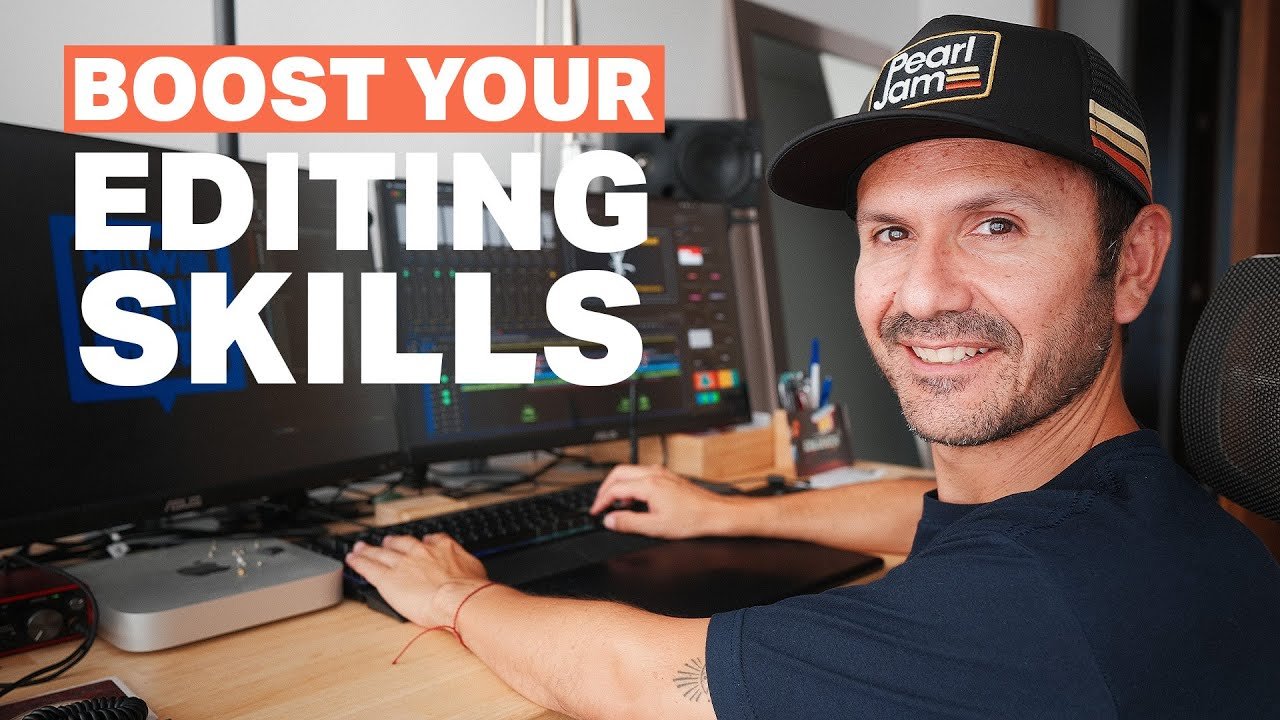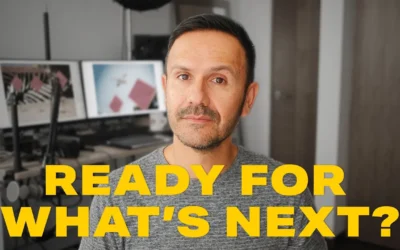If you want to become a better video editor, it’s not just about mastering software—it’s about sharpening your creative instincts, building discipline, and constantly evolving. After 20+ years in the editing world, I’ve learned that small, consistent improvements lead to big breakthroughs.
In this post, I’m sharing 10 practical strategies that helped me level up—and that can help you too. Be sure to stick around for the bonus tip at the end, inspired by a world-renowned sushi chef. Let’s dive in.
1. Master Storytelling
Editing isn’t just about cutting clips together—it’s about shaping an emotional and compelling story. Understanding story structure, character development, and emotional arcs is critical. Whether you’re editing a feature film, commercial, or YouTube video, every cut should serve the story.
2. Analyze the Content You Watch
Don’t just watch films and shows for entertainment. Study them. Rewind, pause, and analyze transitions, sound choices, and rhythm. Break down what works and why, then apply that insight to your own work.
3. Seek Feedback and Embrace Critique
Getting another perspective can reveal what’s working—and what’s not. Share your edits with peers or mentors. Just as important: embrace the feedback. It’s not personal; it’s an opportunity to grow.
4. Shadow Other Editors
One of the best ways to learn is by watching others work. Whether it’s a mentor, coworker, or industry pro, pay attention to how they organize their timeline, solve problems, and collaborate with clients. Ask questions and observe. There’s gold in their process.
5. Develop a Strong Sense of Timing and Rhythm
Good editing has flow. Practice with both fast-paced and slower sequences to develop a feel for when to cut—and when to hold. My background in music has helped me refine this instinct, and you can strengthen yours by listening closely to music or tapping your foot to the beat while you work.
6. Experience Life Outside the Cutting Room
Creative work is fueled by real-world experiences. Travel, have conversations, listen to stories. The more you understand people, the better you’ll be at shaping performances and connecting emotionally through your edits.
7. Find Inspiration in the Arts
Photography, theater, painting, music—these can all spark new creative ideas. Personally, I love watching song breakdowns or artist interviews to better understand how other creatives approach storytelling and emotion.
8. Organize Your Workflow
Disorganization kills momentum. A clean, well-labeled project allows you to stay focused on story rather than getting bogged down searching for files. Build a workflow that supports your creativity, not one that disrupts it.
9. Learn Keyboard Shortcuts
This is a game changer. I resisted this early in my career, but once I embraced keyboard shortcuts, my speed—and confidence—skyrocketed. Whether you use a gaming mouse, Wacom tablet, or programmable keyboard, efficiency matters.
10. Practice Editing Constantly
There’s no substitute for putting in the reps. Edit often. Try new techniques. Experiment with different styles. Stay up to date with new tools and tech. Every project is a chance to learn and get better.
Bonus Tip: Improve Bit by Bit
World-famous sushi chef Jiro Ono once said:
“I do the same thing over and over, improving bit by bit. There is always a yearning to achieve more.”
This mindset resonates with me deeply. Editing is a craft—one that rewards repetition, refinement, and patience. Let every project, no matter how big or small, be an opportunity to grow.
If you found this post helpful, please check out the Hollywood Editing Mentor YouTube channel, where I share real-world advice for editors navigating their careers. And if you want deeper training, check out the All-Access Pass and other free resources on my website.
Let me know your favorite tip in the comments, and I’ll see you in the next one!





0 Comments